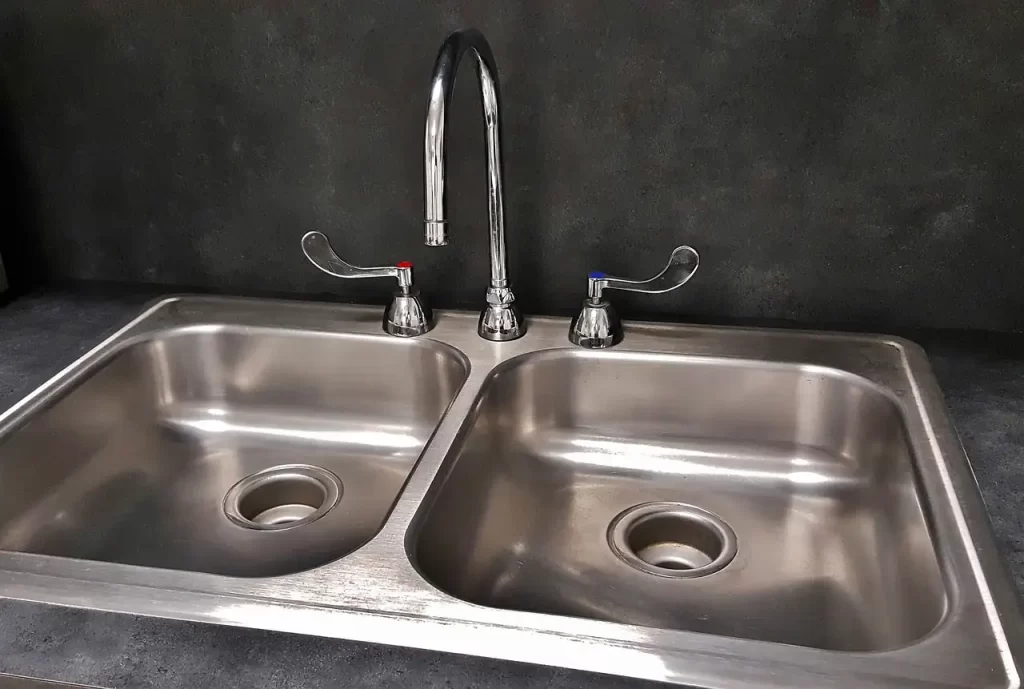The kitchen sink is an essential component of any home, serving as a hub for various tasks such as washing dishes, preparing food, and cleaning. Behind the scenes, a complex piping system connects the sink to the water supply and drain, allowing for the smooth operation of water flow in and out of the sink. Understanding the piping system of a kitchen sink and what it takes to run can help homeowners appreciate the intricacies of their plumbing system and better maintain its functionality.
Components of a Kitchen Sink Piping System
- Supply Lines: Supply lines are responsible for delivering clean water from the main water supply to the kitchen sink. These lines are typically made of copper, PEX, or other materials and are connected to the faucet valves located underneath the sink. Supply lines can either be rigid or flexible, depending on the type of material used and the layout of the plumbing system.
- Faucet Valve: The faucet valve is the control mechanism that regulates the flow of water from the supply lines to the faucet. It is typically located underneath the sink and may include hot and cold water valves for controlling the temperature of the water. Faucet valves can be turned on or off to control the water flow to the sink.
- P-Trap: The P-trap is a curved pipe that connects the drain of the sink to the main drainpipe. It is shaped like the letter “P” and is designed to hold a small amount of water to prevent sewer gases from entering the kitchen. The P-trap also acts as a barrier, preventing debris from clogging the main drainpipe.
- Drainpipe: The drainpipe is responsible for carrying wastewater from the sink to the main sewer or septic system. It is typically made of PVC or other durable materials and is connected to the P-trap and the main drainpipe through a series of fittings and joints.
- Vent Pipe: The vent pipe is an important component of the kitchen sink piping system that allows air to enter the drainpipes, preventing negative pressure and facilitating proper drainage. Vent pipes are typically connected to the drainpipe and extend through the roof of the building, allowing air to circulate and prevent odors, gurgling, and slow drainage.
What It Takes to Run a Kitchen Sink Piping System
Running a kitchen sink piping system requires several key elements to ensure smooth operation and prevent issues such as leaks, clogs, and odors.
- Proper Installation: A properly installed kitchen sink piping system is crucial for its efficient operation. It requires accurate measurements, appropriate materials, and correct connections to ensure that water flows smoothly from the supply lines to the faucet, and wastewater is drained properly through the drainpipe and vent pipe.
- Regular Maintenance: Regular maintenance is essential to keep the kitchen sink piping system in good condition. This includes checking for leaks, tightening loose connections, cleaning out debris from the P-trap, and clearing any clogs in the drainpipe or vent pipe. Proper maintenance can help prevent costly repairs and ensure the longevity of the piping system.
- Avoiding Grease and Food Waste: Grease, oils, and food waste can accumulate in the kitchen sink piping system and cause clogs over time. It is important to avoid pouring grease or oils down the sink and to use a sink strainer to catch food debris before it goes down the drain. Proper waste disposal and regular cleaning of the sink can prevent clogs and maintain the functionality of the piping system.
- Understanding the Signs of Issues: Being aware of the signs of potential issues with the kitchen sink piping system is crucial to address them promptly. Signs such as slow drainage, foul odors, gurgling noises, or water leaks can indicate problems with the drainage system or venting, and should not be ignored. Promptly addressing these signs can prevent further damage and costly repairs.
- Hiring Professional Help: While some minor maintenance and repairs can be done by homeowners, it is important to seek professional help for more complex issues or if you are not confident in your plumbing skills. Hiring a licensed plumber can ensure that the kitchen sink piping system is properly diagnosed, repaired, or replaced as needed, ensuring the safety and functionality of your plumbing system.
Conclusion
The piping system of a kitchen sink plays a crucial role in the overall functionality and efficiency of the plumbing system in a home. Understanding the components of the kitchen sink piping system, such as supply lines, faucet valves, P-trap, drainpipe, and vent pipe, as well as knowing what it takes to run it properly, including proper installation, regular maintenance, avoiding grease and food waste, understanding signs of issues, and hiring professional help when needed, can help homeowners maintain a well-functioning plumbing system and prevent costly repairs.
If you encounter any issues with your kitchen sink piping system or have questions about its maintenance, it is recommended to consult with a licensed plumber for professional guidance and assistance. Taking proactive measures to maintain your kitchen sink piping system can ensure the smooth operation of your plumbing system and a functional kitchen sink for years to come.


